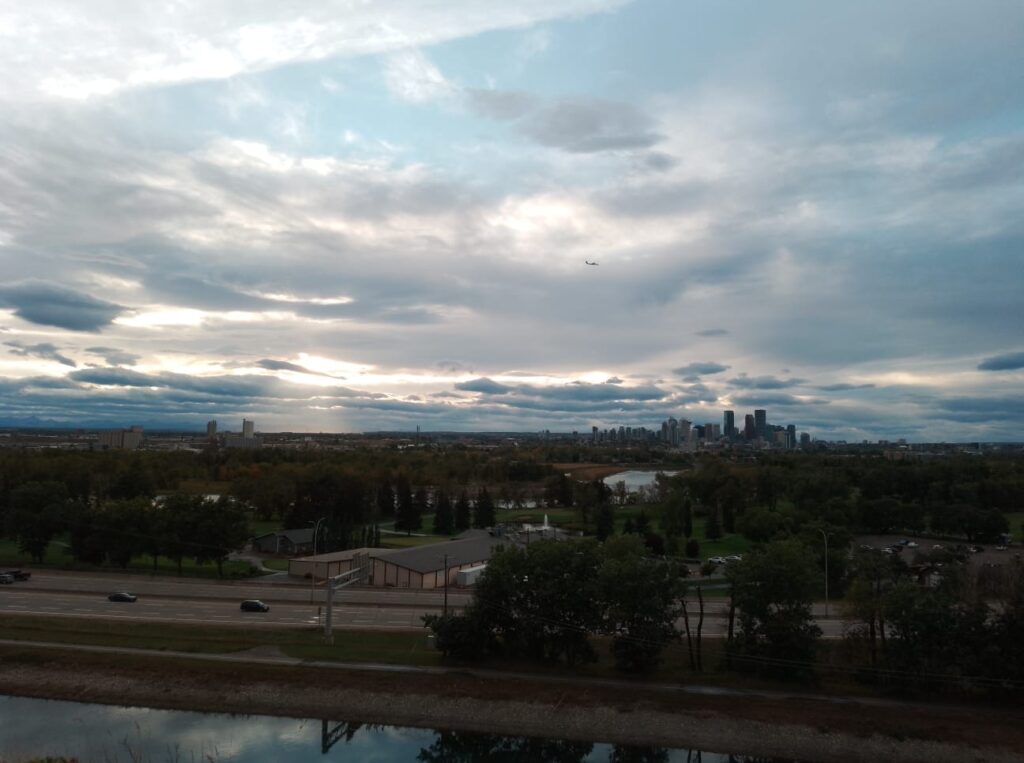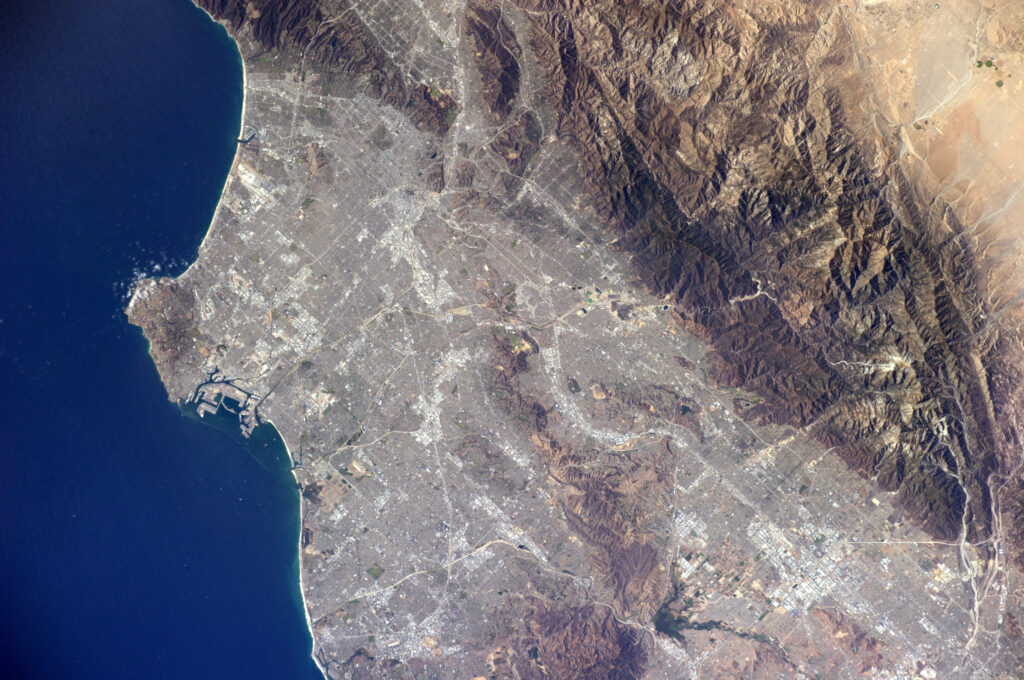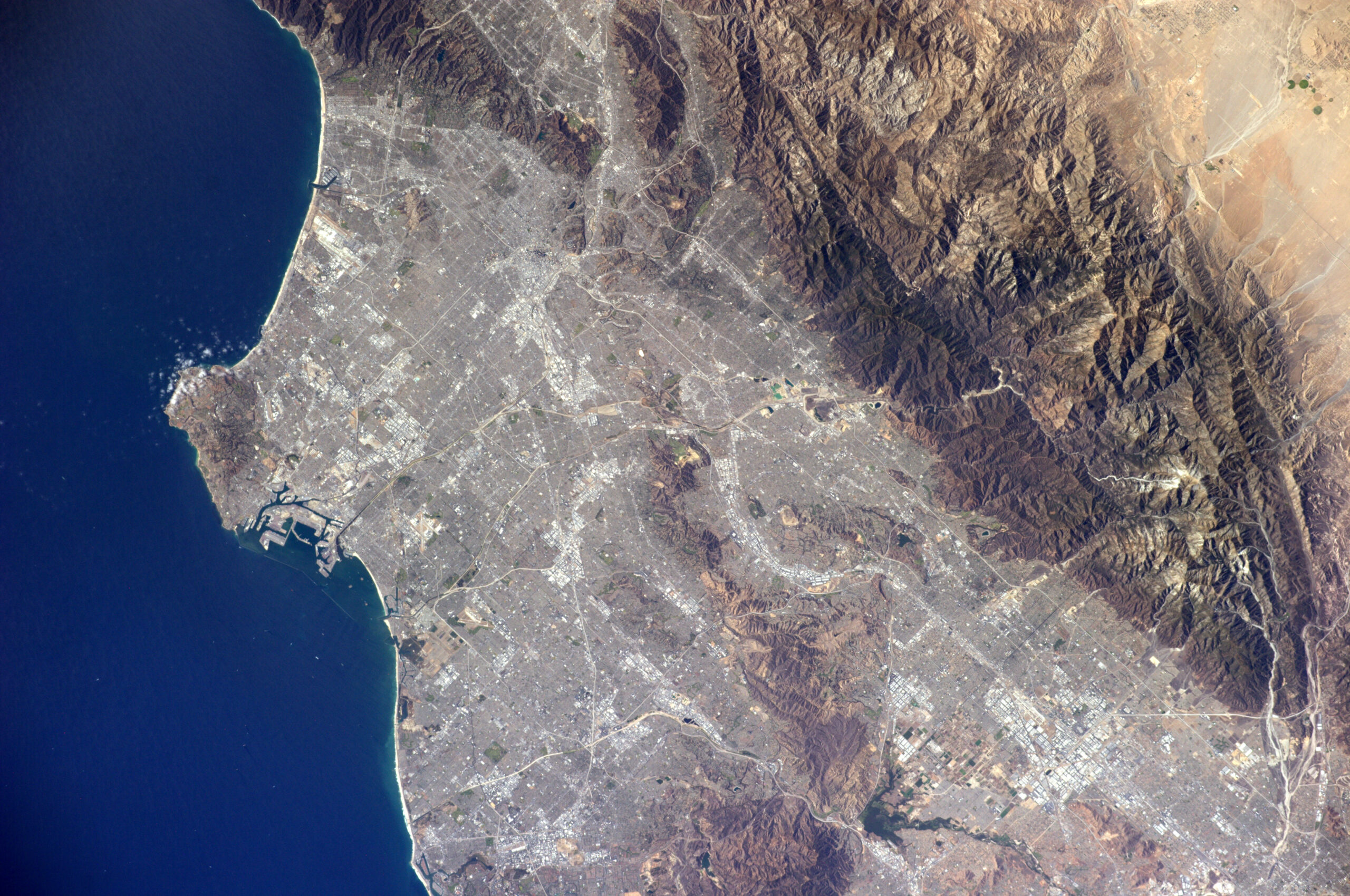How and why did I decide to take the worst hike in the world? I’ll try to keep it short.
I signed up for the Long Beach Marathon in April 2024 after having a literal dream about it, spurred by this CityNerd video about the city I’d watched a few days before.
If you’re not familiar, Long Beach is a city of about 450,000 in the LA metro area, far away enough and old enough to have its own identity. From what I gather, it’s thought of as more industrial and working-class compared to LA because of its gigantic shipping port, but is quickly changing because of the housing crisis in California. Like the rest of Southern California, it’s extremely culturally diverse, with some unusually large diaspora communities–it’s thought to have largest population of Cambodians of any city outside of Cambodia. Like the title of the video, it’s a place of contradictions and beauty.
Los Angeles and Southern California offer something very curious to me: car culture and urban sprawl taken to extremes; the legacies of colony and empire (first Spain, then Mexico, then America) visible quite literally in its people; and origin point for a lot of our modern myths, since so many movies and TV shows are made here. Every place in North America has parts of these things, my hometown included, but LA just turns it up to the maximum.
I live in Calgary, Alberta, probably one of the most scenic cities on this planet. I get surreal views whenever I go running and when doing something as mundane and getting groceries. I get to experience amazing hikes less than an hour’s drive from my doorstep. So it makes sense that a lot of films and TV series are shot here. We might be like a miniature, cold, inland LA, but I had never seen the real one.

So my destination was set, with one week in and around LA and Long Beach. I try to take a trip at least once each year with my mom, but she had to cancel this one. I was left with four days after the marathon with no real agenda, and without knowing anyone.
What could I do with four days on my own? I definitely thought about seeing the sights of Hollywood, visiting museums like the Getty, driving the justly famous Pacific Coast Highway, photographing the Sierra Nevada and Manzanar like I’d seen in Ansel Adams’ photos, doing a food tour through all the incredible restaurants… the possibilities were endless.
But to me those experiences are always better when shared. So I went back to where I always begin when planning–the map–to see what I could do with four days on my own.

When you look at a satellite view of the city, you really see how dramatic and naturally gifted LA is. Mountains, desert, ocean, beach, and everything in between, you really can re-create almost any natural setting.
From here, I looked at different touring routes I could take, to see as much of the landscape as I could. I thought about doing a loop around some mountains, like the Tour de Mont Blanc in the Alps. I thought about just wandering aimlessly, but not knowing where you’re going to sleep that night really takes a toll on you. I thought about going in a straight line from mountain to ocean. There’s something in statistics and ecology called a transect: a straight line you draw across what you’re studying, meant to be a slice that captures everything about the whole, ie, a representative sample.
I thought about how to best see these tours. Driving is the obvious choice; it’s how most Californians (and North Americans, for that matter) get around. But I knew about how bad LA traffic was, and driving alone, barely moving, for hours is pretty awful. Transit is a chance to kick back, but LA’s is abysmal by most standards for a metropolis of 18 million people, and takes at least twice, (and usually several times) as long as driving.
But I had the time, so I decided to go even slower. I was going to walk.
An easy step was to decide how far to walk. Given I had 4 days for walking, and would be fresh off the heels of a 42k (26 mile) run, I set laid back goals on how much ground I would cover in a day. A normal human can walk at about 3 miles an hour, so I set a very relaxed pace of 6 hours of walking a day, 18 miles.
The harder question was where to walk. Here’s where I asked for help. It took me to places I never could have imagined, and I hadn’t even taken a single step.

Leave a Reply